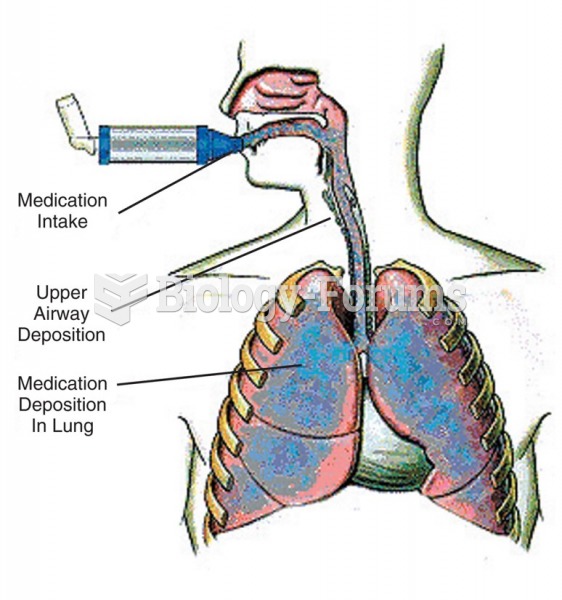Answer to Question 1
Correct Answer: 1,2,3,4
Rationale 1: Beta blockers may reduce renin serum levels and suppress the stimulation of aldosterone secretion.
Rationale 2: NSAIDs may reduce renin serum levels and suppress the stimulation of aldosterone secretion.
Rationale 3: Calcium channel blockers may reduce renin serum levels and suppress the stimulation of aldosterone secretion.
Rationale 4: Angiotensin-converting enzyme inhibitors block the formation of angiotensin II, which is the normal signal for aldosterone secretion.
Rationale 5: Nitrites do not impact serum renin levels or suppress the stimulation of aldosterone secretion.
Global Rationale: Beta blockers, NSAIDs, and calcium channel blockers may reduce renin serum levels and suppress the stimulation of aldosterone secretion. Angiotensin-converting enzyme (ACE) inhibitors block the formation of angiotensin II, which is the normal signal for aldosterone secretion. Nitrites do not impact serum renin levels or suppress the stimulation of aldosterone secretion.
Answer to Question 2
Correct Answer: 1,2
Rationale 1: Corticosteroid therapy is used in the treatment of rheumatoid arthritis to reduce pain and inflammation.
Rationale 2: Corticosteroid therapy is used in the treatment of osteoarthritis to reduce pain and inflammation.
Rationale 3: Corticosteroid therapy is not used in the treatment of osteoporosis.
Rationale 4: Corticosteroid therapy is not used in the treatment of fibromyalgia.
Rationale 5: Corticosteroid therapy is not used in the treatment of myasthenia gravis.
Global Rationale: Corticosteroid therapy is used in the treatment of both types of arthritis to reduce pain and inflammation. It is not commonly used in treatment of osteoporosis, fibromyalgia, or myasthenia gravis.







